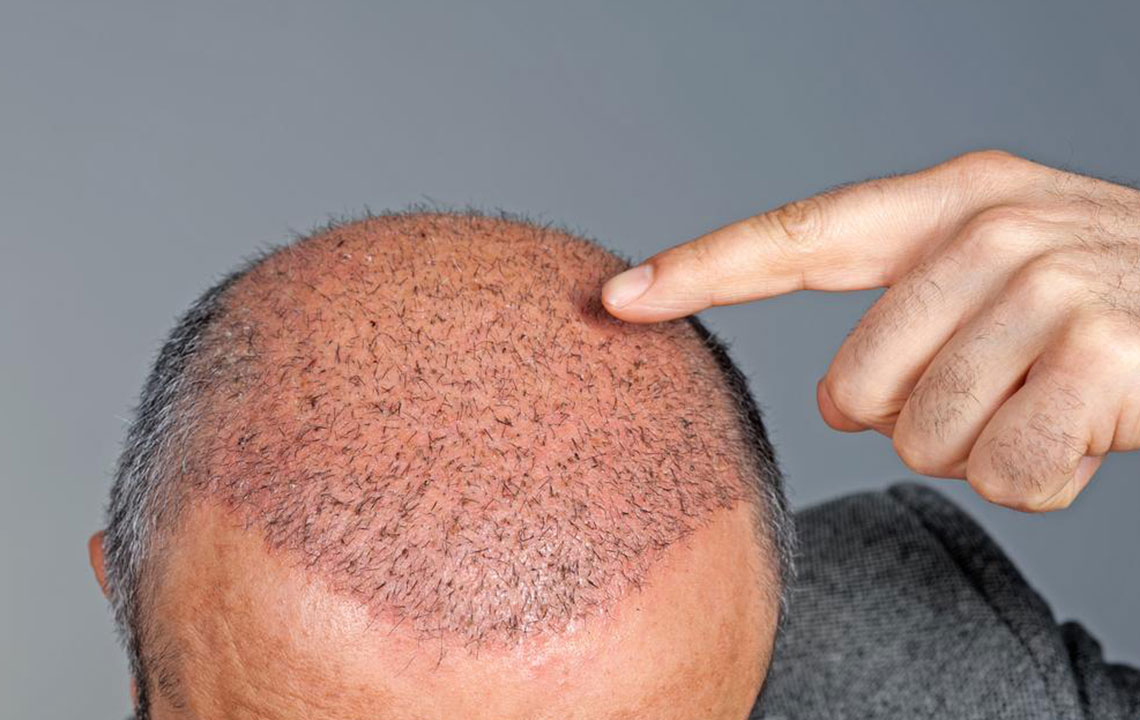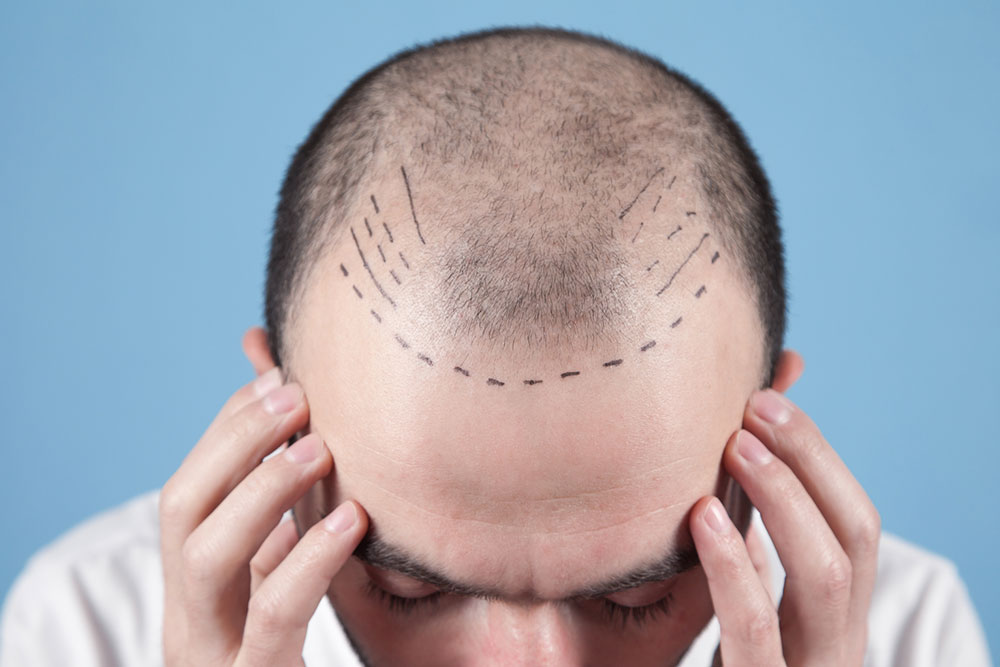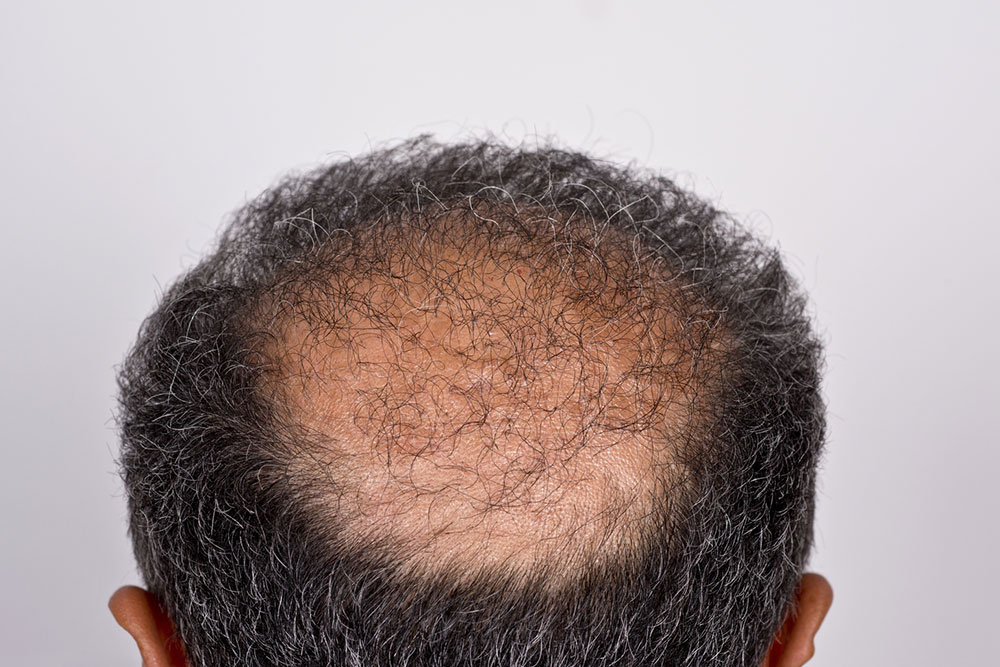Comprehensive Guide to Hair Transplant Costs and Procedures
Learn about the essential aspects of hair transplant procedures, including methods, candidacy, risks, and costs. This guide offers comprehensive information to help individuals make informed decisions about hair restoration options, ensuring natural results and understanding investment details.

Understanding Hair Transplant: Costs and Techniques
Experiencing hair loss can significantly impact confidence and emotional well-being. A full head of hair is widely admired across cultures, making hair restoration highly desirable. Causes of hair loss include hormonal shifts, medication side effects, and genetic factors.
While aging is a common reason for hair thinning, younger individuals are increasingly seeking solutions to combat early hair loss. Genetic inheritance also plays a vital role in predisposition to hair thinning among family members.
If early hair loss runs in your family, chances are you'll face similar issues. A permanent solution is hair transplant surgery, which offers long-lasting results.
What is a Hair Transplant?
A hair transplant redistributes existing hair to areas experiencing thinning. This procedure has been refined since the 1950s, adapting with advancements in medical science.
There are two primary methods for hair transplantation:
Follicular Unit Strip Surgery (FUSS)
This method involves removing a strip of scalp skin from the back of your head, called the donor area. The strip is sectioned into micrografts containing single hairs, which are preserved carefully. Tiny incisions are made on the recipient scalp, and these grafts are inserted. Healing takes around two weeks, after which new hair growth begins naturally.
Follicular Unit Extraction (FUE)
In FUE, individual hair follicles are extracted using specialized devices after shaving the donor area. Each follicle, including the bulb and surrounding tissue, is carefully removed and implanted into thinning regions. This technique demands more precision, often requiring multiple sessions, which increases overall costs. Robotic assistance has streamlined the process, reducing manual effort.
Am I a Candidate?
Hair loss caused by injury or burns
Men with patterned baldness, with available donor hair
Women experiencing thinning hair
Those with widespread hair thinning, insufficient donor sites, hair loss from chemotherapy, or keloid scars are generally unsuitable candidates.
Potential Risks
Shock Loss: Temporary shedding of existing hair post-surgery, which regrows over time.
Itching: Common during healing; shampooing and medicated oils can help. Severe discomfort should be evaluated by a dermatologist.
Other concerns include improper graft placement or unnatural appearance if performed by inexperienced surgeons. Costs are significant, emphasizing the importance of choosing qualified specialists.Cost of Hair Transplant
Pricing varies from $400 to $15,000, influenced by the number of grafts and chosen technique. For FUE, fees range between $8.50 and $10 per graft due to the labor-intensive process. Larger treatment areas increase overall expenses, and some clinics base prices on graft count. Quality and surgeon expertise significantly impact results and costs.










